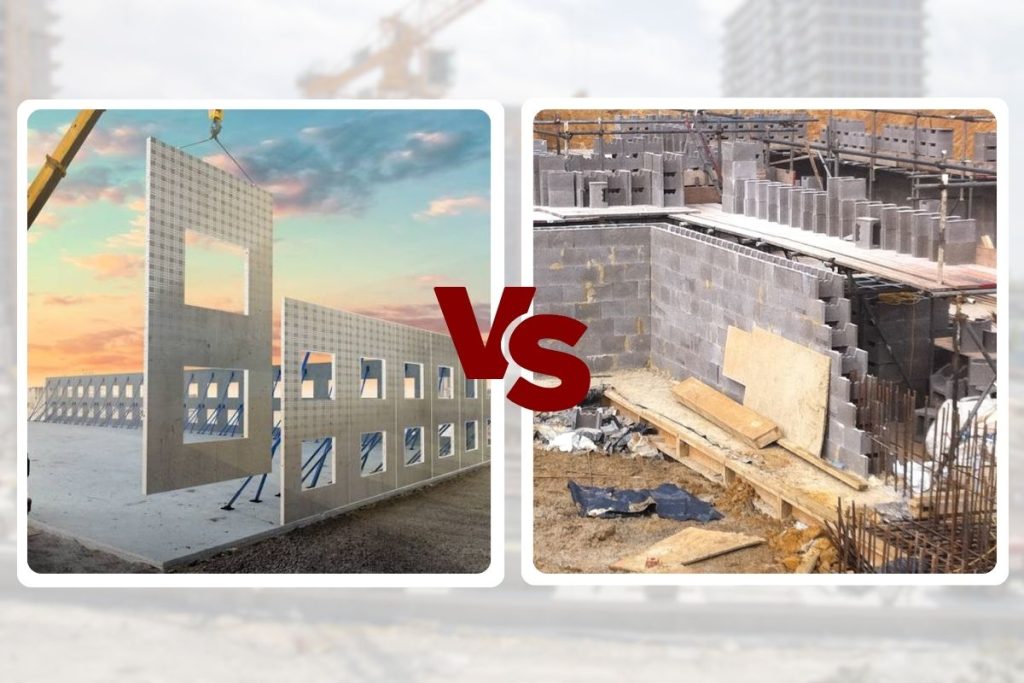
Audi Q7: A Mid-cycle facelift set to Arrive on the Indian Shores!
But before we talk about the facelifted Q7, let’s get done with the history lesson. First set its foot in the Indian market all the way back in 2006, the massive Q7 became an instant success as it found many takers for its bold looks and unmatched opulence.
The second-generation of the Q7 arrived almost five years back. This time around, however, the updates made the Q7 a little less imposing. It was smaller and lighter too, by almost 300 kgs. On top of that, the overall stance just made it look like a station wagon of sorts. However, as we concluded in our comparison test with the BMW X5 last year, the Q7 was simply unmatched for its comfort and opulence.
Now talking about the facelift, Audi unveiled it last year, and since the ongoing model has not yet been updated to meet the BS-VI emission standards, we might just expect Audi to launch the Q7 facelift a bit sooner. So, what does the new Q7 bring to the table? Let’s have a look down below.
Table of Contents
Specifications
Audi has, as it seems, tried to make a number of amends to the Q7. While the Q7 of old was less imposing, the facelift will get a more-dramatic face replete with a larger grille and revised headlamps. The bumper now gets revised inlets, and they are massive! While the profile remains unchanged, the new alloy wheels are a welcome change. Viewed from the back, the new Q7 new taillamps – which are connected by a chrome lining – and a new bumper.
In terms of the overall dimensions, the facelifted model is a size bigger than the ongoing Q7. While the exact dimensions for the new model (India-spec) are yet to be revealed, it will be larger and wider than the model currently on sale, which measures 5,052mm in length, 1,968mm in width, and 1,740mm in height. It has a ground clearance of 200mm, while it weighs 2,240kg in its lowest-spec.
As for the engines, the entry-level 2.0-liter unit might be replaced by 3.0-liter petrol, which is not only BS-VI compliant but is also more powerful at 338bhp. The 3.0-liter diesel, available on the higher-spec variants, is expected to be upgraded to meet the said norms. Both will be mated to an 8-speed automatic gearbox. Both are also expected to get a 48V mild-hybrid setup for better efficiency.
Mileage
Talking about fuel efficiency, well, the Audi Q7 – given its size and weight – isn’t a frugal SUV to potter around. The 2.0-petrol, when driven with hard throttle inputs in our track tests in 2018, returned 3.2km/l on the digital cluster. Expect the new Q7 to deliver the same numbers, if not better.
Features
Just like the Q7 of old, the new model takes the leap further in terms of the overall quality and features. You sit facing Audi’s Virtual Cockpit display, which is easily the most customisable and informative screen amongst all. The massive infotainment display is sharp and crisp, and it packs all the necessary gizmos. The climate control unit, too, is now a screen, which is not particularly a good thing as it leaves the driver of no choice to take his/her eyes off the screen while adjusting the temperature or fan speed. The materials are, of course, impeccable in quality. The same can be said for the seats, which offer excellent comfort.
Colours
The Q7, as of early-2020, comes in five shades, namely, Carrara White, Floret Silver Metallic, Orca Black Metallic, Galaxy Blue Metallic, and Samurai Grey Metallic.
Brochure
All the details regarding the Audi Q7, namely, the engine, specifications, variant wise equipment, colours, dimensions, interiors, and exterior details are extensively covered in the brochure.
Variants and Prices
As of early-2020, the Audi Q7is available in six variants, three in the petrol-automatic configuration, and three in the diesel-automatic configuration. The prices start at Rs. 69.22 lakhs for the 45 TFSI Premium Plus variant going all the way to Rs. 81.21 lakhs for the 45 TDI Black Styling variant (all prices ex-showroom, Delhi). For the variant-wise on-road prices, visit us at autoX.
April 30, 2020
















